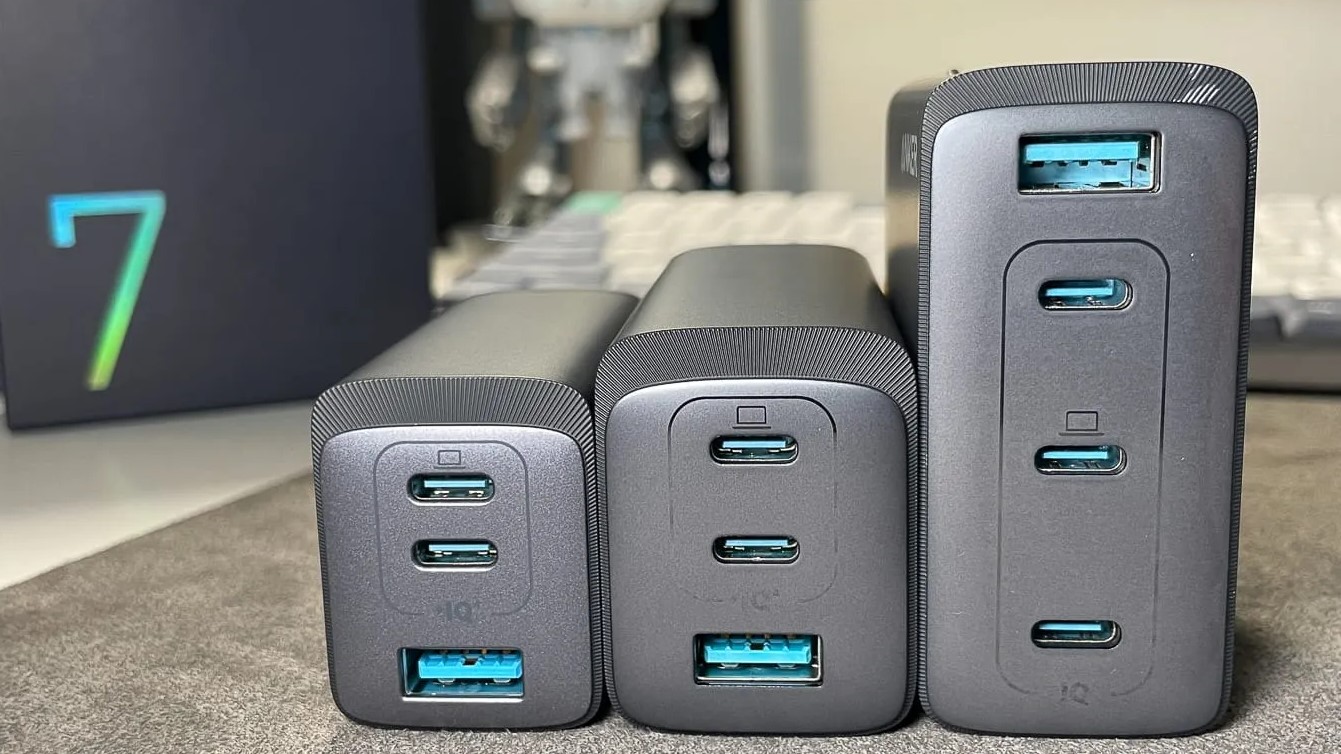In recent years, the world has witnessed an unprecedented surge in the development and deployment of artificial intelligence (AI) technologies. However, with rapid advancements comes a new wave of concerns, aptly termed as “The New AI Panic.” This phenomenon has not only captured the attention of tech enthusiasts but has also become a focal point for governments and policymakers worldwide.
Key Highlights:
- Washington and Beijing locked in a conflict over AI development.
- The Department of Commerce’s list of technologies restricted due to national security concerns.
- Public perception reaching the “height of hysteria” over generative AI.
- Calls for policymakers not to overreact to the AI panic.
The Global AI Race:
The race to AI supremacy has seen major players like Washington and Beijing at loggerheads. Their conflict over AI development signifies the importance of this technology in shaping the future geopolitical landscape. With AI’s potential to revolutionize industries, from healthcare to defense, nations are vying for dominance in this new technological frontier.
National Security Concerns:
For decades, the Department of Commerce has maintained a list of technologies that, due to national security concerns, are prohibited from being sold freely to foreign countries. AI, with its transformative capabilities, has unsurprisingly made its way onto this list. The concern stems from the potential misuse of AI in areas like surveillance, warfare, and cyber-attacks.
Public Perception and Hysteria:
The public’s perception of AI has been a roller-coaster ride. From initial excitement and wonder to growing concerns and fear, the sentiment has shifted dramatically. Recent reports suggest that the panic over generative AI is nearing its peak, often described as the “height of hysteria.” This panic is reminiscent of past technological scares, from the advent of the printing press to the rise of the internet.
A Call for Balanced Policymaking:
While concerns over AI are valid, there are growing calls for policymakers to approach the situation with a balanced perspective. Overreacting or implementing overly restrictive regulations could stifle innovation and hinder the potential benefits AI can bring to society. It’s crucial for regulations to be well-informed, taking into account both the potential risks and rewards.
The Corporate Perspective:
Companies at the forefront of AI research, such as Google, Microsoft, and OpenAI, find themselves in a delicate position. On one hand, they push the boundaries of what’s possible with AI, and on the other, they face increasing scrutiny and potential regulatory hurdles. Recent events, like Google’s merger of its AI divisions in response to the rise of advanced models like ChatGPT, highlight the corporate world’s reactive stance to the ongoing AI panic.
Summary:
The New AI Panic underscores the global significance of artificial intelligence and its potential impact on the future. As nations grapple with the implications of AI dominance, it’s imperative to approach the situation with a balanced perspective. While the concerns surrounding AI are genuine, it’s crucial to ensure that the response is measured and not driven by undue panic. The future of AI promises immense possibilities, but it’s a journey that requires careful navigation, keeping in mind the broader interests of society.



